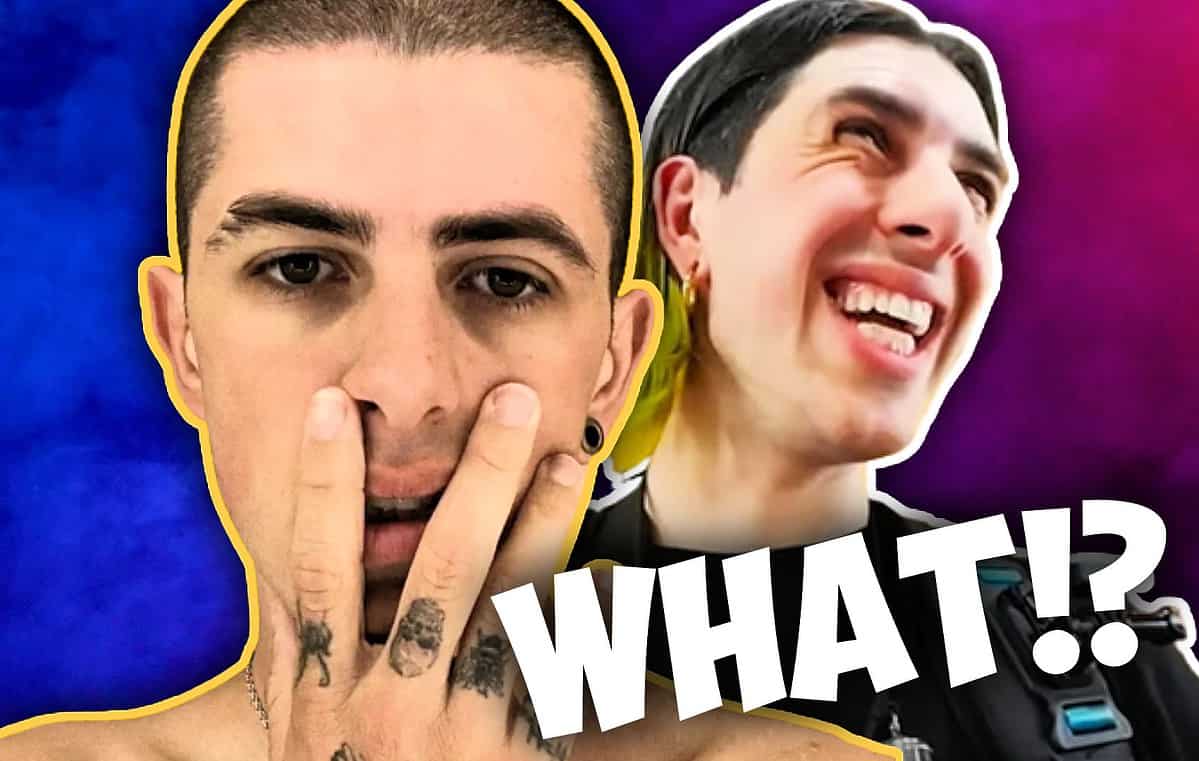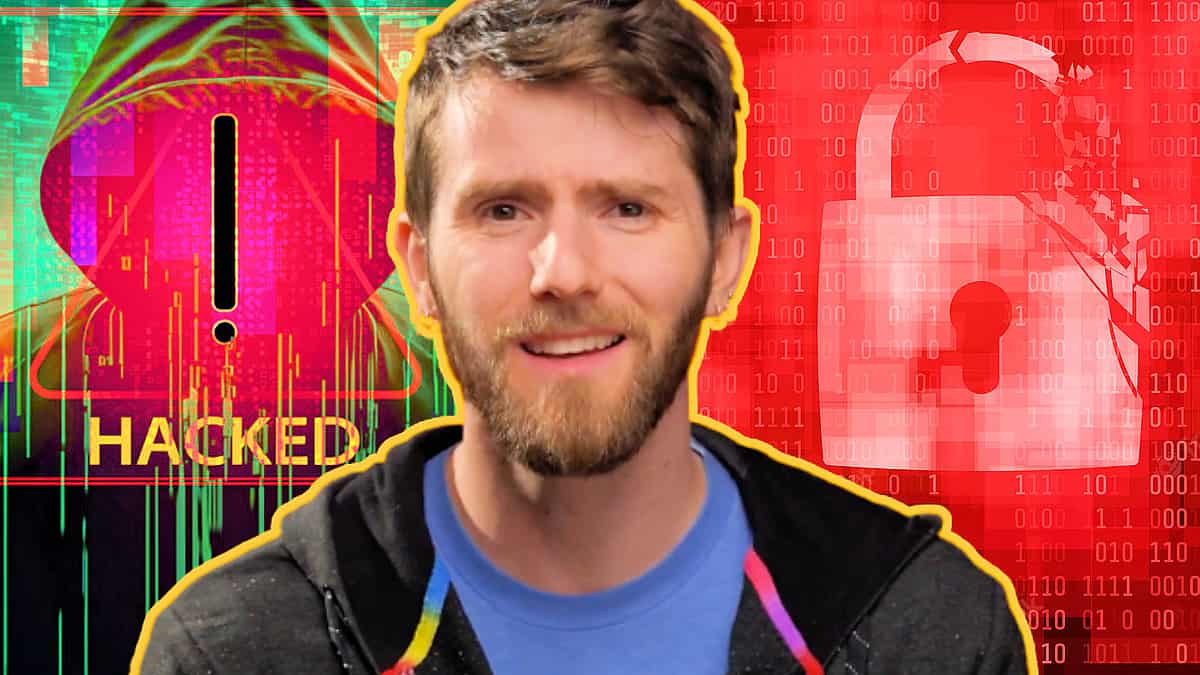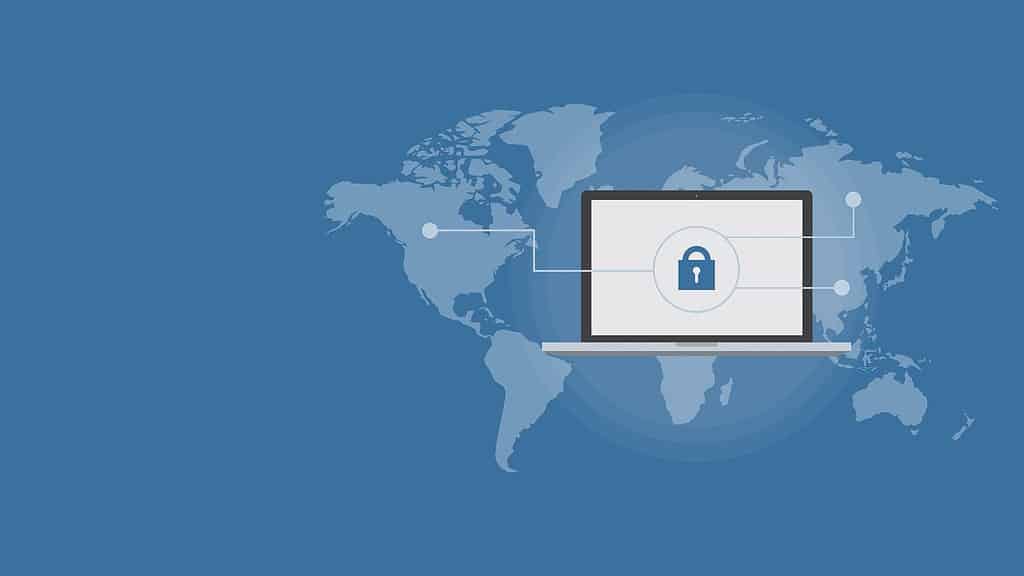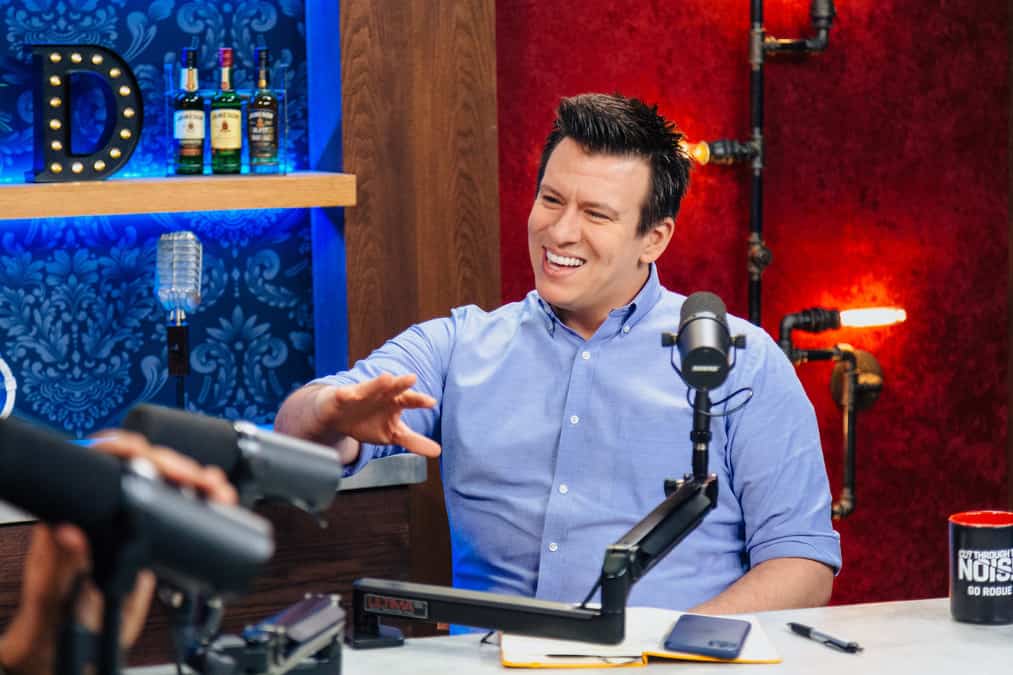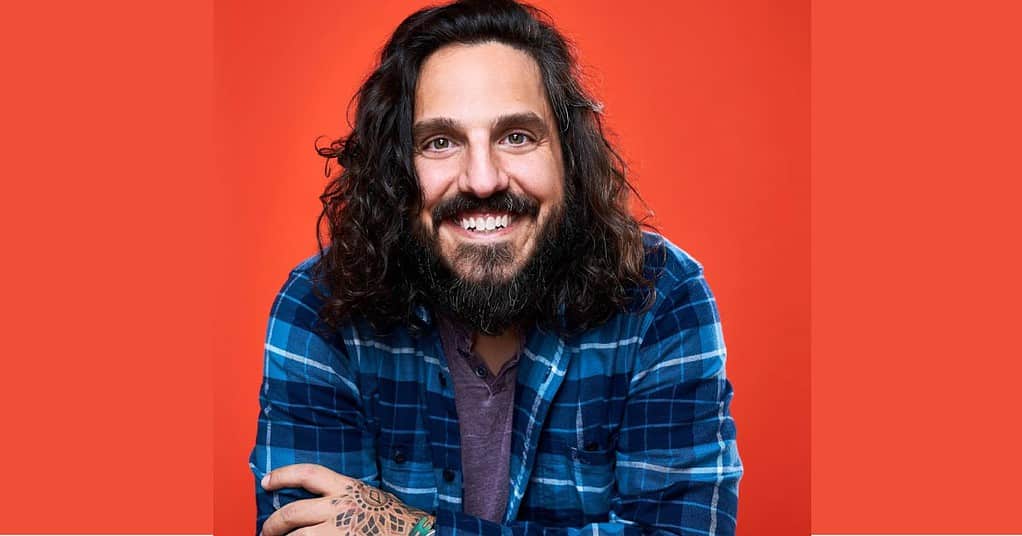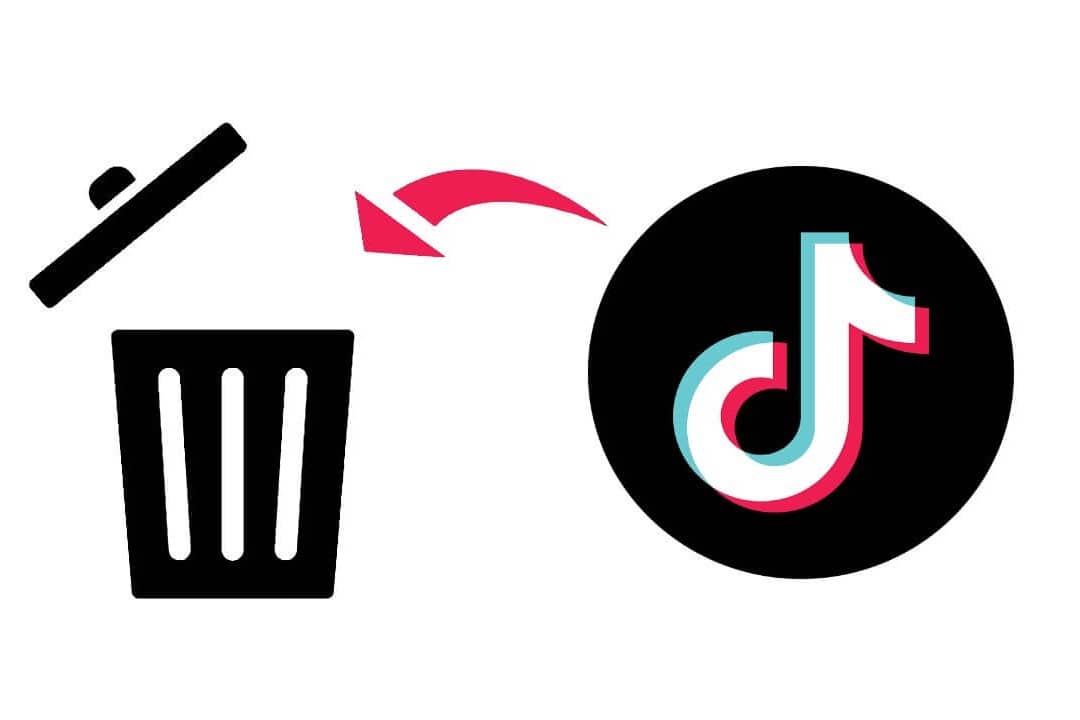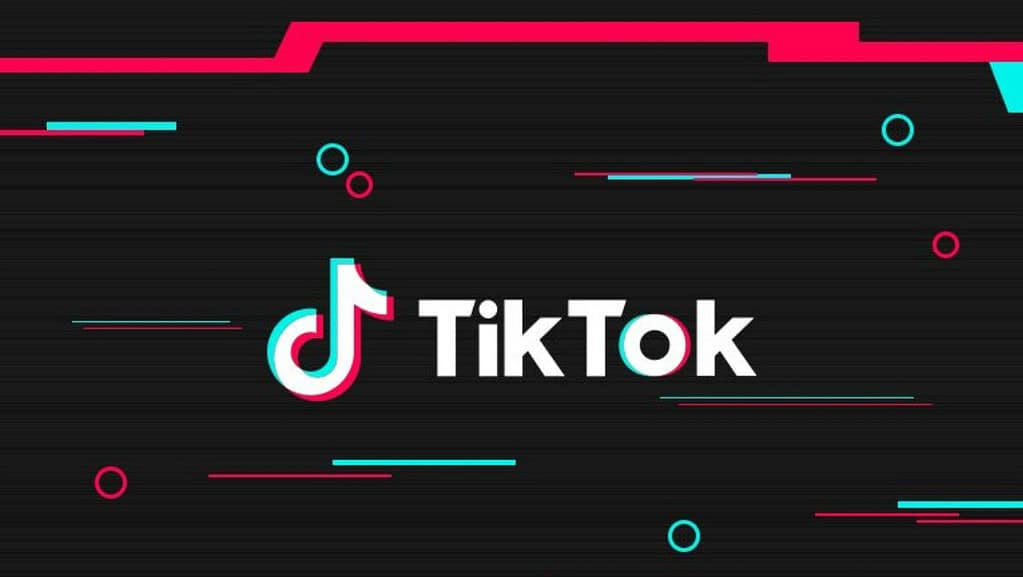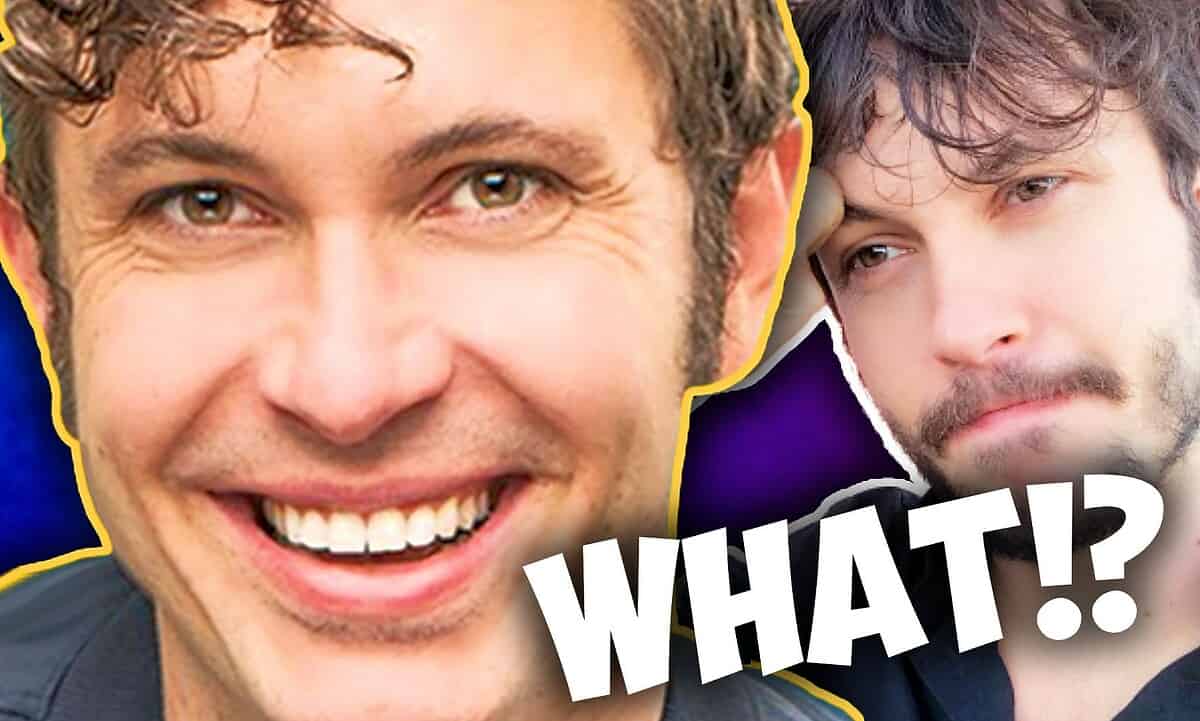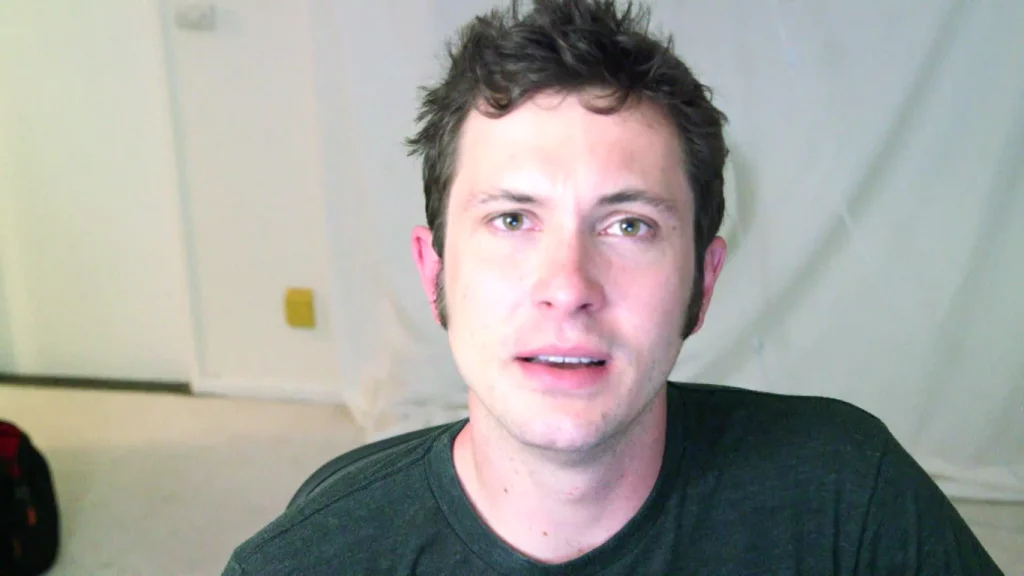Ladies and gentlemen, buckle up and join us for a wild ride through the life of Sam Pepper – a YouTuber who has seen it all, from soaring to the heights of internet fame to plummeting to the depths of infamy, and eventually making a comeback on a completely new platform.
So, let’s dive right in and explore the rise, fall, and rebirth of Sam Pepper!
The Rise of Sam Pepper
Sam Pepper first gained fame in 2010 as a contestant on the UK reality show Big Brother, where his cheeky personality and mischievous antics quickly captured the public’s attention. After his stint on Big Brother, Pepper turned to YouTube, where he started uploading prank videos that quickly gained traction, amassing millions of views.
By 2014, Sam Pepper’s YouTube channel had accumulated more than 2 million subscribers, with some of his most popular videos receiving over 10 million views.
It was clear that Sam had found his niche, and his audience couldn’t get enough of his outrageous pranks.
YouTube Stats (2014):
- Subscribers: 2 million+
- Most popular video: Over 10 million views
The Fall of Sam Pepper on YouTube
However, things took a dark turn in 2014 when Sam uploaded a video titled “Fake Hand Ass Pinch Prank,” which depicted him pinching women’s bottoms with a fake hand. This video ignited a firestorm of controversy, with many accusing Sam of sexual harassment and promoting a culture of sexual assault.
The backlash was so severe that Sam eventually deleted the video and issued a public apology. However, the damage was done. Sam’s reputation was tarnished, and his subscriber count began to plummet. Several major sponsors, including clothing brand Olan Rogers, cut ties with the YouTuber.
YouTube Stats (Post-Controversy):
- Subscribers: Rapid decline
- Sponsors: Loss of major partnerships
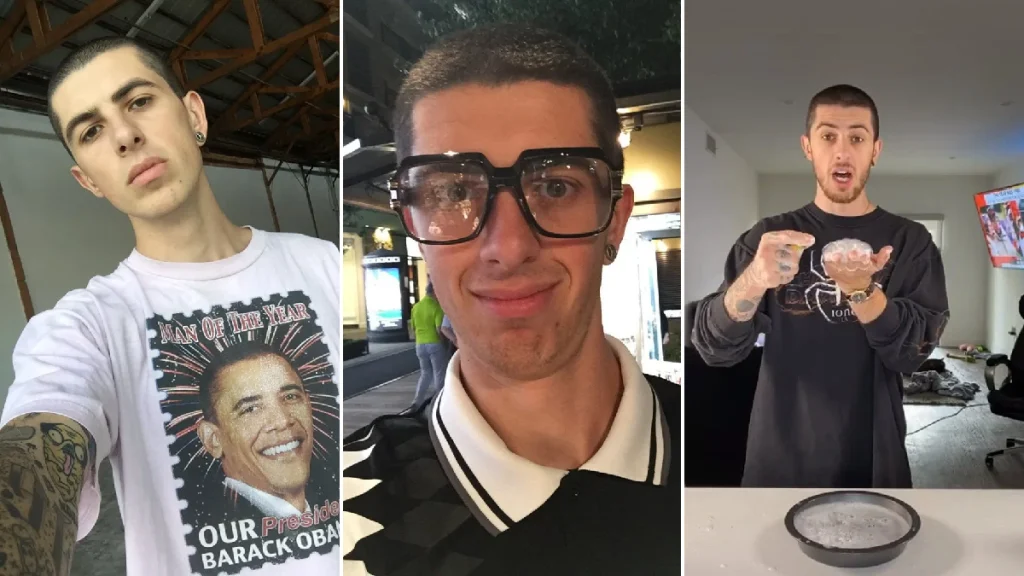
The Rebirth of Sam Pepper on TikTok
After the controversy, Sam Pepper took a step back from the limelight and remained relatively quiet for a few years.
However, in 2019, he decided to give social media stardom another shot, this time on TikTok. Sam reinvented himself and started creating content that focused on his life and travels in a more wholesome and engaging manner.
His efforts paid off, and Sam’s TikTok account quickly gained millions of followers, with his videos amassing tens of millions of views. His fun, friendly, and often quirky content resonated with a new generation of viewers, allowing him to rebuild his image and make a comeback in the world of online entertainment.
TikTok Stats (2020):
- Followers: Millions
- Most popular video: Tens of millions of views
The Rollercoaster Ride of Sam Pepper: A Deep Dive into the Rise, Fall, and Rebirth of a YouTube Sensation
Sam Pepper’s journey is a testament to the unpredictable nature of internet fame and the power of reinvention. Through ups and downs, Sam has managed to find his way back into the hearts of millions, proving that with hard work, creativity, and a willingness to adapt, even the most tarnished reputations can be polished anew.
While Sam’s past controversies will always remain a part of his story, his successful transition to TikTok has opened a new chapter in his life. As we continue to follow his rollercoaster ride, we can’t help but wonder: what’s next for Sam Pepper?
The Sam Pepper FAQ: A Deep Dive into His Controversies, Comeback, and Current Status
Q1: Who is Sam Pepper?
A1: Sam Pepper is a British-born social media personality who first gained fame as a contestant on the UK reality show Big Brother in 2010. He later became a popular YouTuber known for his prank videos but faced severe backlash for controversial content. Sam made a comeback on TikTok, creating more wholesome content and amassing millions of followers.
Q2: What were Sam Pepper’s controversies?
A2: Sam Pepper faced significant controversy in 2014 when he uploaded a video titled “Fake Hand Ass Pinch Prank” where he pinched women’s bottoms with a fake hand. Many accused him of sexual harassment and promoting a culture of sexual assault. The backlash led to a decline in his YouTube subscribers and the loss of major sponsorships.
Q3: How did Sam Pepper’s controversies impact his career?
A3: The controversies surrounding Sam Pepper’s videos led to a tarnished reputation, a decrease in YouTube subscribers, and the loss of major sponsorships. Sam eventually deleted the controversial video and issued a public apology. However, the damage to his career was already done, and he decided to step back from the limelight for some time.
Q4: How did Sam Pepper make a comeback?
A4: Sam Pepper made a comeback in 2019 by joining TikTok and reinventing his content. He focused on creating fun, friendly, and engaging videos about his life and travels. This approach resonated with a new generation of viewers, allowing him to rebuild his image and regain millions of followers.
Q5: What type of content does Sam Pepper create on TikTok?
A5: On TikTok, Sam Pepper creates a variety of content, including travel, daily life, and comedic skits. His content on TikTok is more wholesome and engaging compared to his controversial YouTube prank videos. This shift in content has allowed him to successfully rebuild his image and amass millions of followers on the platform.
Q6: What is Sam Pepper’s current status?
A6: Sam Pepper is currently enjoying success on TikTok, where he has millions of followers and has effectively distanced himself from his past controversies. He continues to create content that is well-received by his audience, allowing him to maintain his online presence and popularity.
Q7: Has Sam Pepper addressed his past controversies?
A7: After facing severe backlash for his controversial YouTube video, Sam Pepper deleted the video and issued a public apology. Since then, he has not been involved in any major controversies and has focused on creating more positive and engaging content. While his past controversies will always be a part of his story, he has managed to rebuild his image and regain popularity on social media platforms like TikTok.
If you like this, check out the Where Are They Now Playlist

